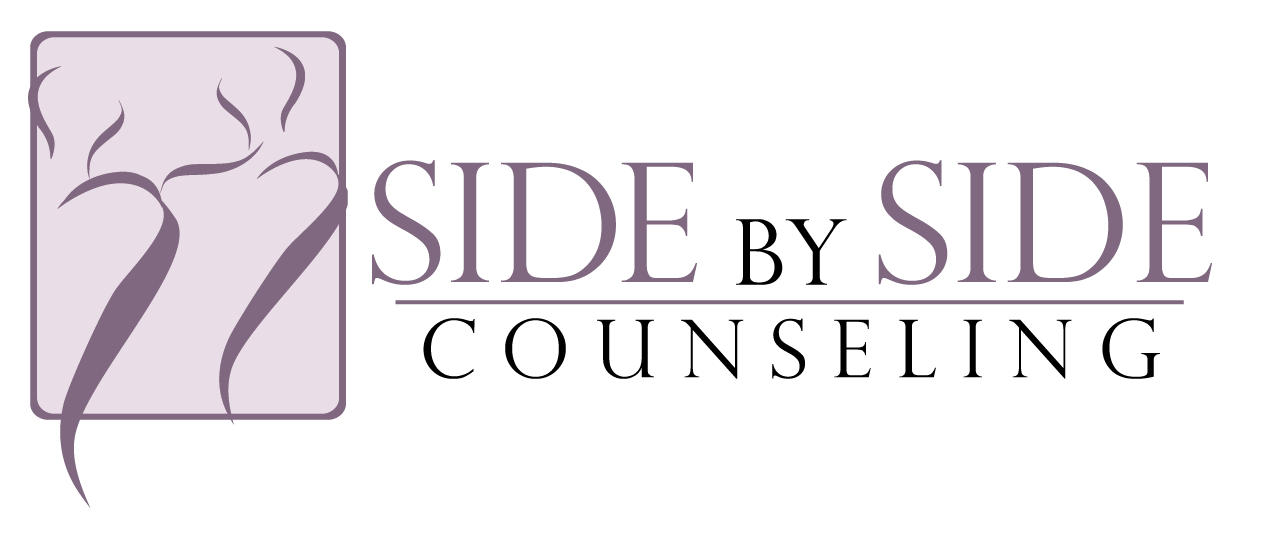The New York Times recently posted a fascinating article on how our evolution predisposes us to emphasize negative experiences more than the positives.
https://nytimes.com/2018/05/22/smarter-living/why-you-should-stop-being-so-hard-on-yourself.html
A few examples are provided as to how the critic works but I would like to include other common tools that contribute to the attack on our self-esteem:
- Comparisons- we dwell on the negative in ourselves and magnify the positives in others. Facebook is a particularly effective tool for this because we usually only see the fun things people experience rather than there private struggles.
- Personalization- believing we are responsible for external events. “He has a scowl on his face- it must be because he is angry with me.”
- Should statements- we think we can motivate ourselves through guilt. This usually involves high expectations and nothing short of complete success is acceptable. There is rarely consideration of impacting factors or whether or not the expectations were realistic in the first place.
- Labeling- instead of describing the specifics of a situation, a global statement is made about our entire worth. These judgments are highly loaded and rarely fair.
The article offers some suggestions on how to develop more compassion for ourselves so we remember that humans are imperfect. These are wonderful strategies but often hard to know how to put into place. A client sent me an app that with the intention to focus on meditative practices. While I’m cautious about endorsing apps, the program seems in line with what is being recommended. If you would like to look into this further, check out: http://insig.ht/course_coming-home-to-yourself
In my work with clients, I do not dismiss any parts of who we are, including the inner critic. Instead, I work to understand where it comes from, who introduced these messages and even how it tries to be helpful. This may sound like a strange approach- most people think an exorcism would be called for. In reality, most critics exist because they provide a service. Sometimes it recreates the environments that have been all too familiar. Other critics try to protect more vulnerable parts of ourselves that have gotten hurt in one way or the other. Using messages of shame, the critic works to avoid the situations that have led to pain and embarrassment. So before we discount this internal part of ourselves outright, listen to what it is trying to do so healthier alternatives can be found. Should this approach resonate with you, contact me so we can work together to find a way to help soften the critic while bolstering the kindness we all badly need.
___________________
Goiran, A. F. (1996). Reversing student frustration, anger and self-rejection. Unpublished manuscript.
Schiraldi, G. R. (2001). The self-esteem workbook. Oakland, CA: New Harbinger Publications, Inc. (p. 40-42)
